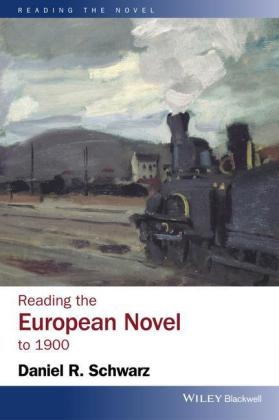Mehr lesen
"Examines the history and evolution of the novel to 1900 and defines each author's aesthetic, cultural, political, and historical significance"--
Inhaltsverzeichnis
Acknowledgments ix
1 Introduction: The Odyssey of Reading Novels 1
2 MigueldeCervantes'Don Quixote (1605, 1615): Inventing the Novel 25
3 Reading Stendhal's The Red and the Black (1830) and The Charterhouse of Parma (1839): Character and Caricature 55
1 "Perhaps":The Red and the Black as Psychological Novel and Political Anatomy 56
2 The Charterhouse of Parma: Narrative as Energy, Reading as Play 69
4 PredatoryBehaviorinBalzac'sP`ere Goriot (1835): Paris as a Trope for Moral Cannibalism 89
5 Flaubert'sMadame Bovary (1857) and Sentimental Education (1869): The Aesthetic Novel 107
1 Madame Bovary: Literary Form Examining Provincial Manners and Desire 107
2 Briefly Discussing the Puzzles of Sentimental Education 124
6 ReadingDostoevsky'sNotes from Underground (1864) and Crime and Punishment (1866) 133
1 Notes from Underground: The Piano Plays Back 133
2 Crime and Punishment: Raskolnikov's Descent and Rebirth 146
7 Hyperbole and Incongruity in Dostoevsky's The Brothers Karamazov (1880): Excess and Turmoil as Modes of Being 171
8 Tolstoy'sWar and Peace (1869): The Novel as Historical Epic 203
9 Tolstoy'sAnna Karenina (1877): Exploring Passions and Values in Nineteenth-Century Russia 231
10 Emile Zola's Germinal (1885): The Aesthetics, Thematics, and Ideology of the Novel of Purpose 253
Selected Bibliography (IncludingWorks Cited) 273
Index 279

